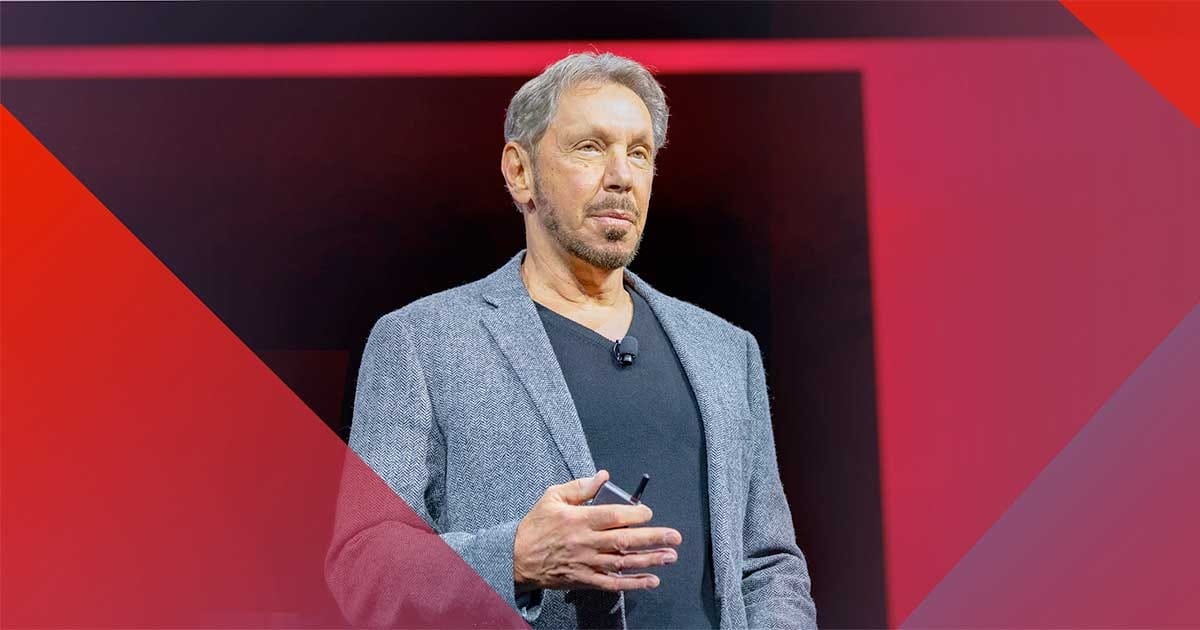Let's talk about OpenAi and Oracle Deal

What just happened between OpenAi and Oracle and why it matters?
OpenAI has reportedly signed one of the largest cloud contracts in history - a roughly $300 billion agreement to purchase compute from Oracle over about five years, beginning in 2027. If you’re keeping score, that’s around $60 billion a year, tied to building out some 4.5 gigawatts of data center capacity. For context, that’s about the power used by four million homes.
Multi-cloud is becoming table stakes
OpenAI leaning into Oracle — without ditching Microsoft — is a pragmatic hedge. When your constraint is compute and power, you diversify suppliers. Expect more big AI customers to follow with multi-cloud footprints that split training and inference across providers to chase capacity, pricing, and proximity to power. For CIOs, this is your wake-up call to revisit cloud concentration risk and exit clauses.
Margin math will be bumpy
OpenAI’s reported revenue today doesn’t match a $60 billion annual compute tab. That doesn’t make the deal impossible - it makes it a growth bet. For Oracle, this is a chance to vault itself into the first rank of AI infrastructure, but it brings financing and execution risk. For enterprise buyers, the takeaway is simple - pricing for GPU instances and managed AI services will stay volatile. Build contracts with usage bands, renegotiation triggers, and clear SLA penalties, because upstream costs will keep moving.
Microsoft isn’t out - it’s sharing
The 2024 announcement connected Azure AI into Oracle’s infrastructure, and Microsoft remains central to OpenAI’s training stack. The likely end state is not winner-takes-all but a capacity mesh - Azure plus Oracle, and even other clouds for specific workloads. This reduces single-vendor risk for OpenAI and gives Oracle a marquee tenant to justify aggressive buildout. For boards, the lesson is to treat AI compute as a portfolio, not a platform.
A quick reality check
Parts of this story are still developing. The $300 billion figure comes from reporting based on unnamed sources, and both companies have kept quiet on the fine print. Earlier in the relationship, OpenAI publicly clarified Oracle’s role to avoid confusion, underscoring how fluid the scope has been. Given the timeline - major spending starting in 2027, plenty can change in chip roadmaps, power markets, and regulations. What won’t change is the direction of travel — more compute demand, more power constraints, and a shift from single-cloud comfort to multi-cloud pragmatism.




